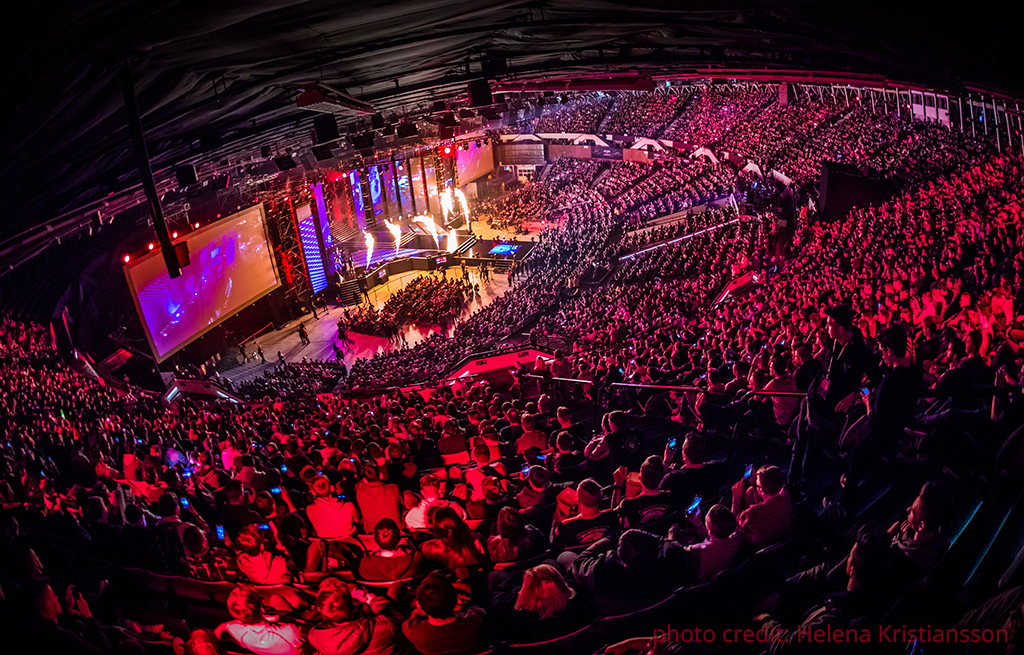Dasiwang: Your Gateway to Trending Insights
Stay updated with the latest news, trends, and insights across various topics.
Champions or Chumps: What Every CSGO Fan Needs to Know About Major Championships
Discover insider tips and expert insights in Champions or Chumps! Uncover what every CSGO fan must know about Major Championships.
Top Strategies for Success: What Sets Major Championship Teams Apart in CSGO
When it comes to achieving success in CSGO championships, there are several key strategies that set major teams apart from the competition. First and foremost, effective communication is crucial; teams that regularly engage in clear and concise dialogue can quickly adapt their strategies during gameplay. Moreover, establishing defined roles within the team enhances efficiency, as each player understands their responsibilities and can focus on their strengths. This alignment not only boosts individual performance but also cultivates a sense of unity, allowing teams to execute complex strategies with precision.
Another fundamental aspect of success in CSGO is the emphasis on consistent practice and analysis. Top-tier teams dedicate significant time to both scrims and review sessions, where they dissect gameplay with the intention of identifying weaknesses and areas for improvement. Additionally, incorporating innovative tactics and staying abreast of the evolving meta can give teams a vital edge over their opponents. By leveraging data analytics and maintaining a growth mindset, championship teams can develop a flexible approach that adapts to different challenges, ultimately distinguishing themselves as leaders in the ever-competitive world of CSGO.

Counter-Strike is a popular tactical first-person shooter franchise that has captivated millions of players around the world. The latest installment, known as CS2, continues to evolve the gameplay mechanics, including elements like cs2 follow recoil, enhancing the realism and competitiveness of the game.
The Evolution of CSGO Major Championships: A Journey Through the Years
The CSGO Major Championships have transformed significantly since their inception in 2013. Initially, the Majors were a modest affair, showcasing a handful of teams battling for a limited prize pool. As esports gained traction, the Majors evolved into monumental events, boasting increasing viewership and larger financial stakes. The first Major, DreamHack Winter 2013, featured only eight teams and a prize pool of $250,000. However, with each passing year, the number of participating teams expanded, and the prize pools skyrocketed, paving the way for a vibrant ecosystem surrounding competitive gaming.
Today, the CSGO Major Championships are considered the pinnacle of competitive Counter-Strike: Global Offensive play, attracting enormous audiences both online and in-person. With events like ELEAGUE Major and StarLadder Major, the competitions have forged new records for viewership, captivating fans across the globe. The format has also seen significant changes, incorporating new stages such as the New Legends Stage and challenging qualifying rounds designed to spotlight emerging talent. This evolution not only reflects the growing popularity of CSGO but also highlights the ongoing dedication of developers and organizations to enhance the player experience and fan engagement.
What Makes a CSGO Team a Champion? Key Factors Behind Major Success
In the competitive world of CSGO, several key factors contribute to what makes a team a champion. Firstly, teamwork and communication stand out as the foundation of success. Champions must possess an understanding of each other's playstyles, strengths, and weaknesses, allowing for seamless cooperation during high-stakes matches. The strategic synergy in executing plays and countering opponents plays a crucial role in determining the outcome of a game.
Additionally, skill development and adaptability are vital for teams aspiring for championship titles. The ability to consistently practice and improve individual player mechanics, alongside staying updated with the evolving meta, is essential. Furthermore, a champion team often showcases a strong mental resilience, overcoming adversity and learning from defeats. This combination of factors not only enhances performance but also solidifies a team's reputation in the competitive CSGO landscape.